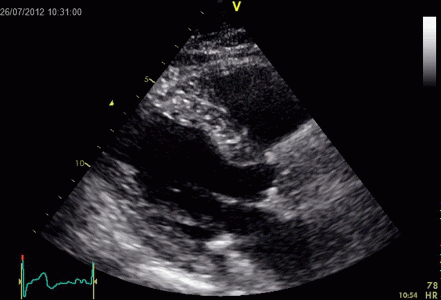
TIMELINE
1794
Lazzaro Spallanzani studied echolocation in bats which provided a basis for the engineering of the ultrasound. T.1

1842
Christian Andreas Doppler created the
'Doppler Effect' which states that if there is a change in the frequency or wavelength of a wave, the speed of the source is a cause. T.1


1877
Pierre and Jacques Currie discovered piezoelectricity. A piezoelectric traducer is used to receive and emit sounds waves. T.3

1914
Reginald Aubrey Fessenden creates the first working sonar device in the United states that uses echolocation to mainly detect for icebergs. T.4

1942
Karl Theodore Dussik uses ultrasonic beams to discover tumors in the brain when he applied these beams through a patient's head. T.3

1956
The first ultrasound prototype was made by Ian Donalds and Tom Brown. The prototype was used in Glasgow hospitals. T.5

1948
Karl Dussik and Wolf-Dieter Keidel present the ultrasound at the first Congress of Ultrasound in Erlangen, Germany. T.2


1966
Don Baker, Dennis Watkins, and John Reid
incorperated the Doppler Effect into ultrasound technology to allow for images of blood flow. T.6

1980's
First commercial ultrasound contrast agents called Echovist and Lenovist were available in Europe, Japan, and Canada. T.6

"Transfer of EchoVist from the right to the left atrium during Valsalva's manoeuvre" (Knebel).
1990's
Added fluorocarbon gases, albunim, and polymer shells allowed for greater stability in microbubbles. T.6

2017
Collaboration between Medicines Discovery Catapult and the University of Leeds begins at Medicines Discovery Catapult begin. Research to minimize the amount of drugs delivered while maximizing the effectiveness is attempted. T.2

Present
Microbubbles are constantly being evaluated, as researches are running trials to use these agents in brain surgery, the suppression of cancer, and more. T.6



